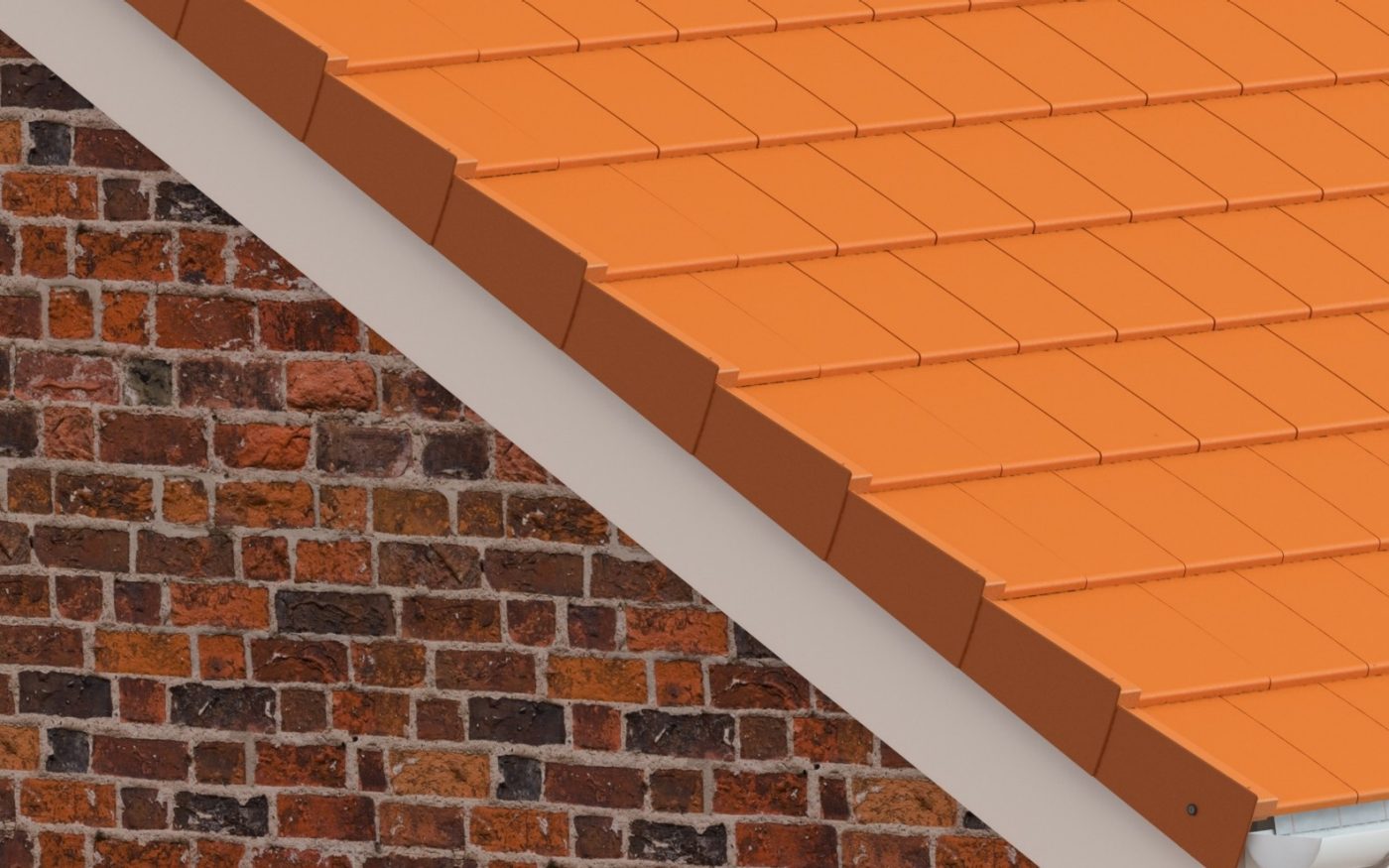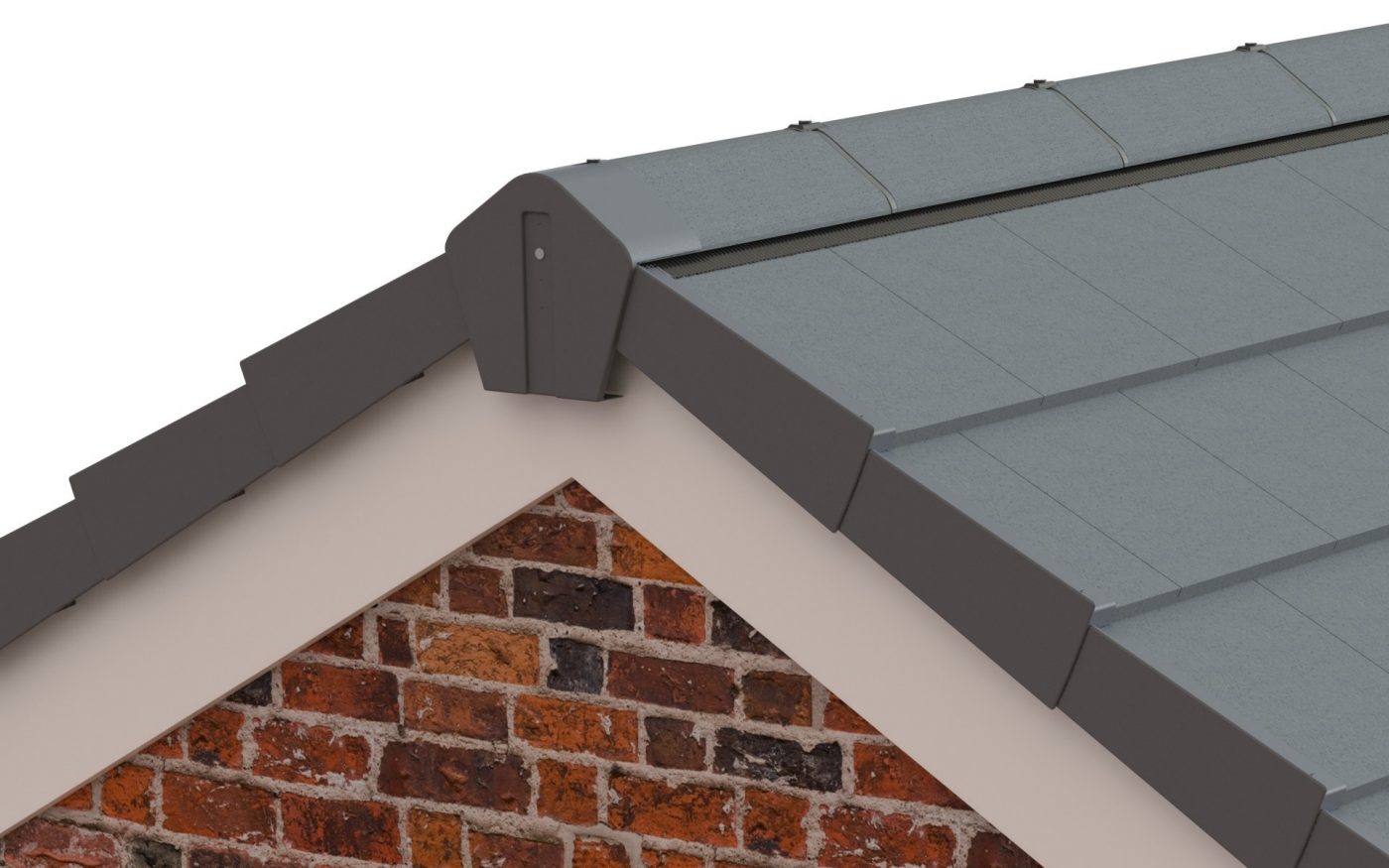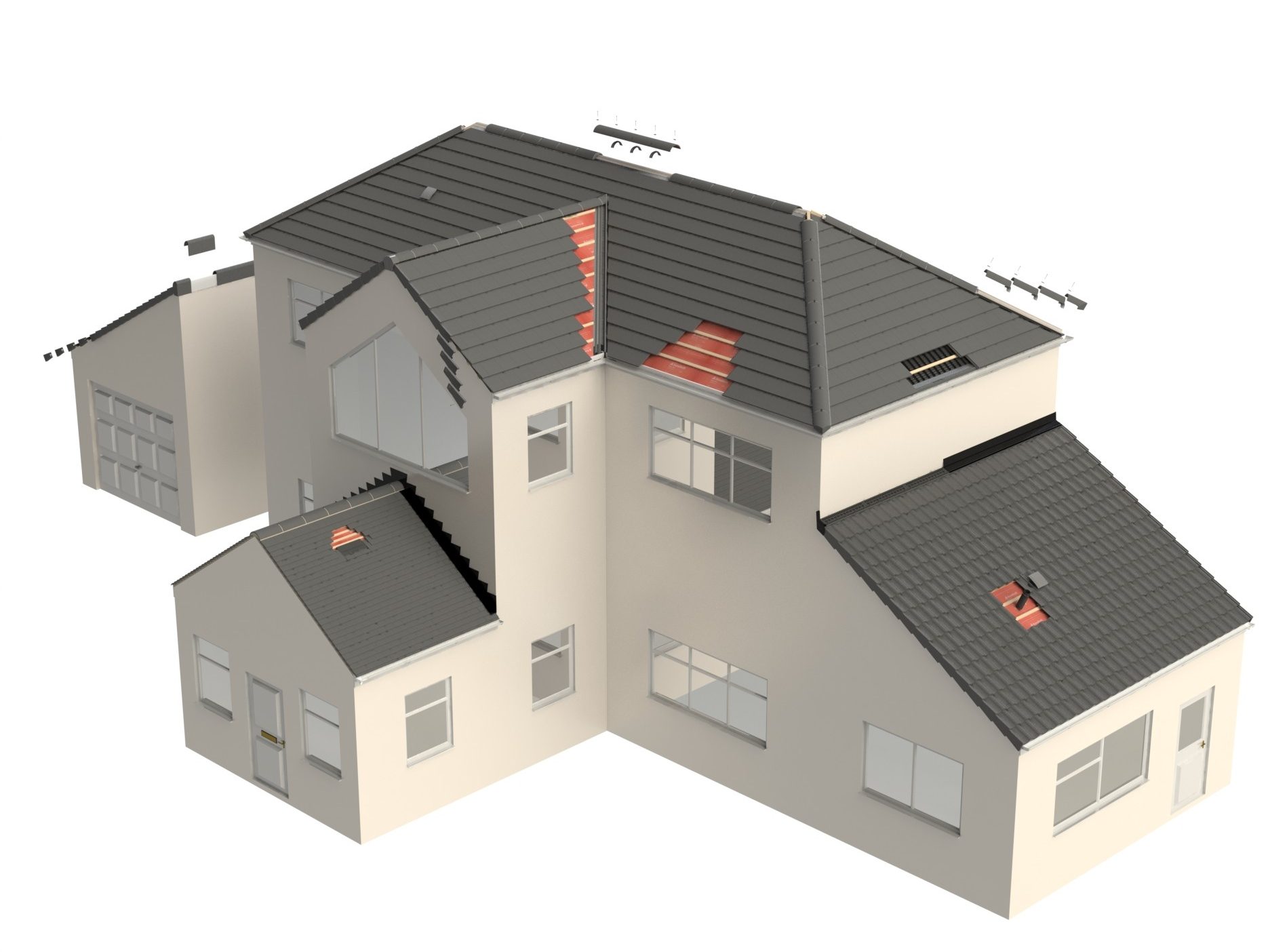

Dry Verge Systems Explained
Over the last 20 years we have seen a rise in the popularity of dry fix systems, with the lion’s share of the roofing market now dominated by these systems. Ridge, hip, valley and verge roof systems all come under the “dry fix” umbrella.
All of these dry fix systems offer an alternative to their traditional mortar counterpart. Thanks to the vast range of systems on the market, we can now see them complementing the majority of homes.
Misconceptions About Dry Verge
A common misconception when talking about “dry fix” is that they are completely weatherproof systems. The term “dry fix” actually refers to no mortar.
This misconception often leads to questions regarding the performance of dry verge systems and, in particular, individual dry verge units. Water can and will enter the dry verge system and it is the job of each unit to deal with the water in a way that stops staining of the gable wall. In many standard build ups, the eaves verge unit will not terminate in the guttering, instead finishing below the guttering system. Wienerberger’s dry verge systems tackle this by including a drainage slot or hole in each individual dry verge unit, to ensure the water can drain away through and away from the gable wall.
When installed correctly, dry verge systems can offer substantial weather resistance, act as a second mechanical fixing and provide a neat visual aesthetic. Design and installation of the bottom verge unit or “eaves unit” often differs by manufacturer.
Dry verge systems should prohibit any birds from entering the roof space and this is often achieved through the use of an eaves closure piece. Fixed as the first step of the installation, either a separate closure is screwed into place or, in the case of Wienerberger’s dry verge systems, an eaves unit with a built-in bird closure slides on to the tile and highlights the appropriate slot or space for the required second mechanical fixing. Ensuring the dry verge system is installed in accordance with the manufacturers guidance will guarantee the installation and mechanical fixings meet with the requirements of BS8612.
Meeting the BS8612 Benchmark for Dry Verge
It is no longer breaking news when we talk about the British Standard, BS8612, which was first introduced in 2018. However, it is always good to reiterate the importance and how it affects our roofing industry. It offers a specification and benchmark for popular dry fix systems to conform to.
From 2018, the market saw a change, as manufacturers adapted existing systems and introduced new ones to meet the requirements of the new standard. BS8612 brought in standardised testing for most dry fix systems, to assess their true capabilities. In relation to dry verge systems, it offers a standardised drainage test for manufacturers to follow, providing them and their customers with confidence in their systems ability to conform, and that water escaping from the system will not stain the gable wall. It is also now specified that a nail cannot be used when fixing into the end grain of battens, which prior to 2018 was arguably one of the predominant methods of installation for dry verge systems.
Some manufacturers opted to supply their systems with the appropriate screw for their installation, while others now supply batten end brackets. Both options enable dry verge systems to have greater resistance to more extreme weather, which seems to be increasing year on year. Wienerberger’s Multiverge and new TLE/MF Dry Verge both have the primary fixing screw attached to the unit, making it easier and quicker to install whilst ensuring conformity with BS8612.
When it comes to innovation, at Wienerberger we are always looking to improve our systems through design and testing with our customers. With our new TLE/MF verge system we have designed a dry verge that is suitable for both our medium format and thin leading edge tiles. This verge is one of the most adjustable seen on the market to date, suiting batten gauges from 210mm to 345mm and can be installed down to a 15-degree pitch.
The Future of Dry Verge
The current market for dry verge systems is vast, ranging from continuous profiles, individual units and dual units, each offering its own visual identity, compatibility, cost, colours and installation requirements. The industry is continuously growing and updating, with new products arriving on the market all the time.
At Wienerberger, we are always looking to improve our products, designing them to perform better and improving the installation experience for roofers. It will be both interesting and exciting to see what the next 20 years bring for dry fix systems and how the market will be shaped in the future.
This article was first published in Roofing and CIadding International magazine, March 2021.


